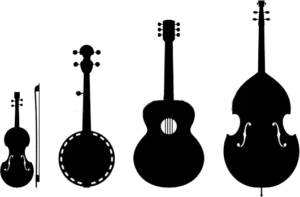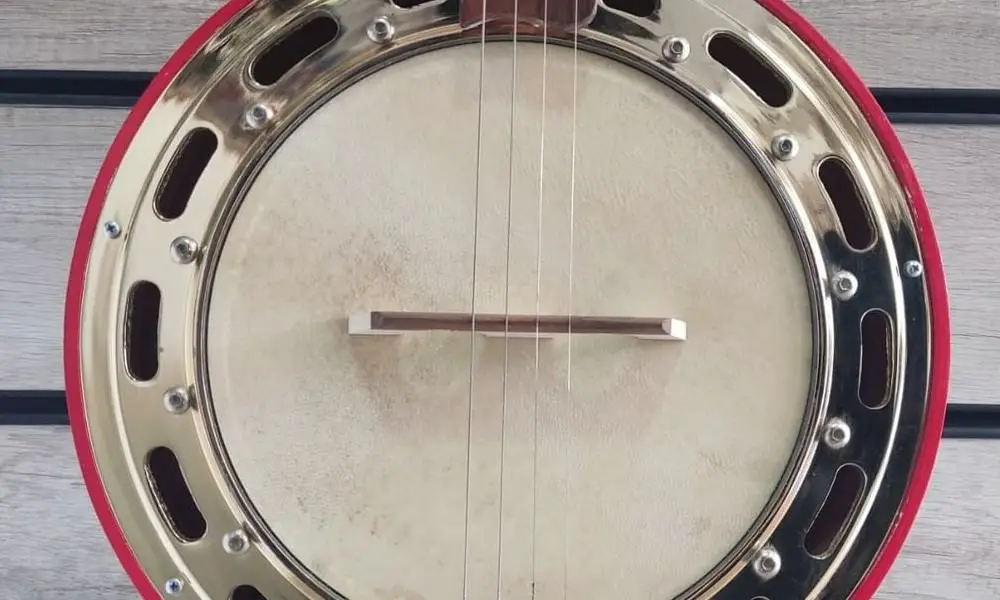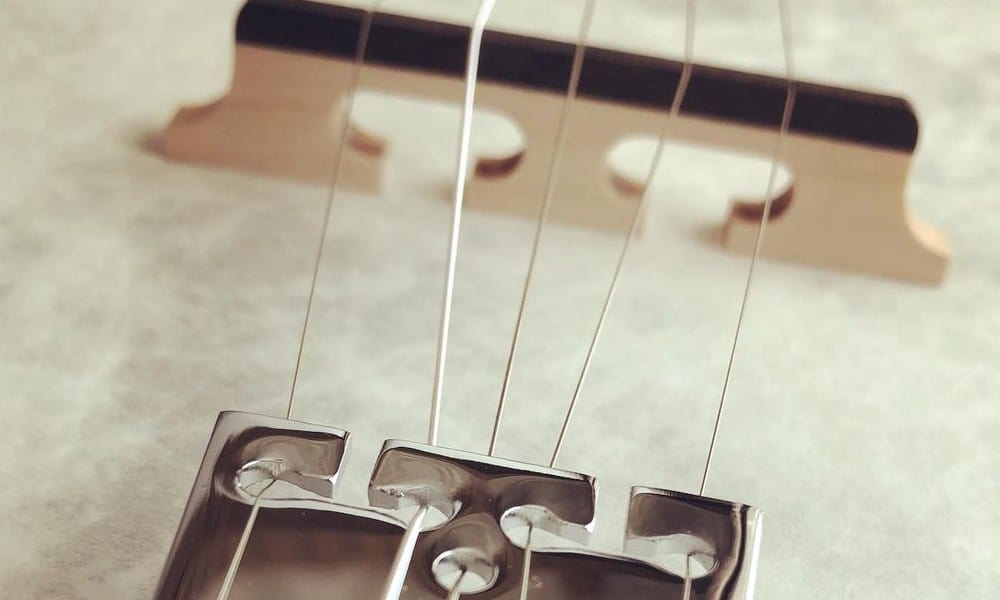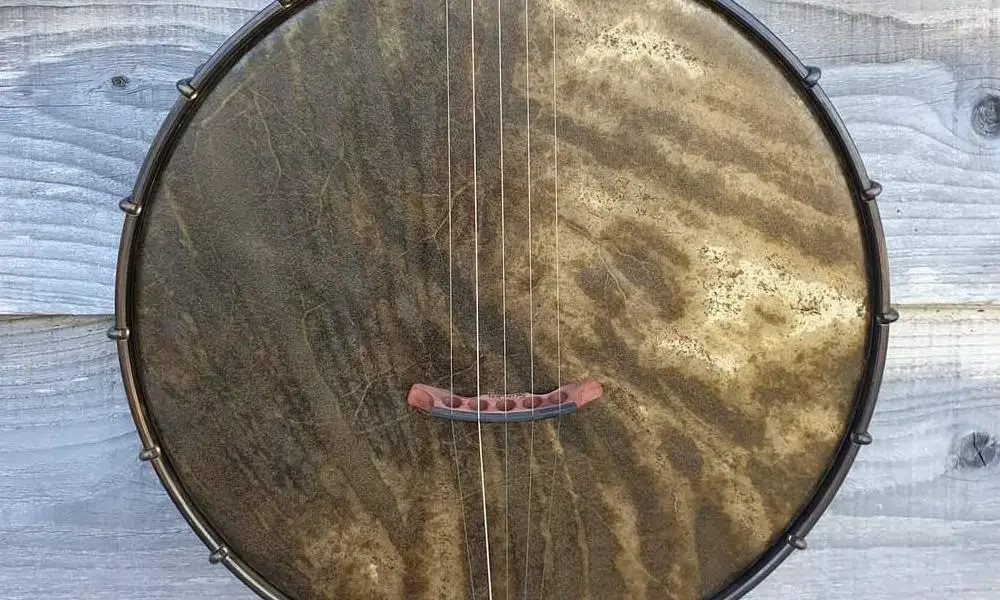For each musician, choosing an instrument is like a child going to a candy store: interesting, fun, but difficult to select. Which is better: a 4 string vs 5 string banjo? In this article, I will tell you about the main differences between them and help you pick the perfect one.
Main Characteristics of the Popular Types of Banjo
- Narrow neck;
- 22 frets;
- Easier to learn;
- Rhythmic sound;
- Basic styles: Dixieland, Irish, Celtic music;
- Mediator is often used.
- Wide neck;
- 21 or 22 frets;
- More versatile instrument;
- Ringing sound;
- Basic styles: Bluegrass, Old Time, country, folk music;
- Rarely played with a mediator.
The Number of Strings Choosing Guide
How many strings does a banjo have? Various configurations of this musical instrument can have 4, 5, 6, 8, and even 12 strings. The most popular are standard models with 4 and 5 strings.
The number of strings on a banjo plays a huge role in choosing an instrument. First, you should decide on your musical style as these types may sound different in various styles. If you look at the technical characteristics, then these instruments are almost identical. They just have different tunings. Musicians usually play various type of banjos depending on the musical style and technique.
What is a 4 string banjo?
- 4 string banjos obviously have only 4 strings. It has a narrower neck and 22 frets. The scale is shorter than the instrument with 5 strings, so the tone level is lower.
- On this type, music is often played with a flat pick, and also strummed like a guitar.
- Musicians often use the banjo with 4 strings as a rhythmic musical instrument.
- It is ideal for playing Dixieland Jazz, traditional music of Ireland, Jamaican Mento, and Celtic music.
- This instrument has two main varieties: The plectrum and the Irish tenor banjo, which has 17 or 19 frets. Dixieland Jazz and Irish Folk musicians prefer the Irish tenor banjo. The plectrum is usually played with a flat pick. This type has its name because the “plectrum” is the prototype of the modern pick. The plectrum has a longer scale length than the tenor banjo. This instrument is quite popular among Dixieland music performers.
What is a 5 string banjo?
- The standard 5 string banjos have 4 regular-length strings and an extra 5th one attached to the tuner on the fretboard at the 5th fret. The 5th string is three-quarters the length of the other four strings. This instrument usually has 21 or 22 frets and a wider neck due to the 5th string. Also, a longer scale length gives a deeper sound quality.
- An extra 5th string is needed for playing with the thumb. It keeps humming while the other strings are silent. This instrument is not very convenient for playing music with a flat mediator.
- A 5 string banjo is a familiar element in styles such as old-time, folk, country music, bluegrass, jazz, and even rock. Therefore, it is considered a universal musical instrument. Its distinctive characteristic is the “ringing”, occurring due to the change of chords when the 5th string continues to hum, and the remaining four subside.
Differences between 4 string and 5 string banjo
- The banjos with 4 strings are not as popular as 5 string ones. But do not make a choice based on this fact. First of all, think about what kind of music you want to play. The 4 string instrument will suit admirers of Dixieland jazz, Irish, and Celtic music. If you’re a fan of country, folk, old music and bluegrass, the 5 string banjo is your best choice.
- Another important difference is the tuning of these musical instruments. The 4 string banjo standard tuning has 2 basic schemes: for tenor and Irish banjo. The standard tuning of the tenor banjo is the same as that of the mandola—(C, G, D, A). The Irish instrument has a slightly different tuning, one octave below the violin, and looks like this: (G, D, A, E).
- The standard 5 string banjo tuning is called “Open G.” It has been so named because the banjo is tuned to an open G chord (G, D, G, B, D). It is convenient as you can tune your instrument according to your style.
- The 4 string banjo’s characteristic feature is a lively rhythmic sound, somewhat reminiscent of strumming on a guitar. On 5 string banjos, the extra string gives unique ringing and buzzing sounds.
Is a 4 string or a 5 string banjo easier to learn?
Which is easier to learn: 4 or 5 string banjo? if you are a beginner, it will be much easier to learn to play the 4 string musical instrument, as the 5 string banjo requires some experience and a lot of practice. Still, the 5 string banjos are more popular, so finding a good 4 string banjo teacher and repairer will be a challenge.
You can start playing traditional Irish music to master this instrument. It is considered a fairly easy style to learn compared to others. After learning to play the banjo with 4 strings, you can move on to a more difficult level.
To succeed in playing the banjo, you can use free Internet resources: YouTube videos, books, diagrams, and advice from musicians on forums. And of course, an excellent teacher and daily practice are vital factors.

FAQ on 4 or 5 String Banjo
Is a 4 string banjo the same as a ukulele?
These instruments are similar, but not the same. Learning to play the banjo is more difficult. The ukulele has a higher sound, it is lighter, the strings are made of nylon, while the banjo strings are metal. The banjo with 4 strings is a more serious and solid instrument.
Is 5 string banjo easy if you play guitar?
If you already know how to play the guitar, then learning to play a 5 string banjo will be easier, but it may take a lot of time. It has fewer strings than guitar and they are farther apart, so this is also a big plus.

How Many Strings Do You Need to Be Happy?
If the banjo used to be considered an exclusively rural authentic instrument, now it is becoming more popular every day. Which type of musical instrument to choose depends on your personal taste in music style and playing technique.
What attracts you most about playing the banjo?
Also read:



